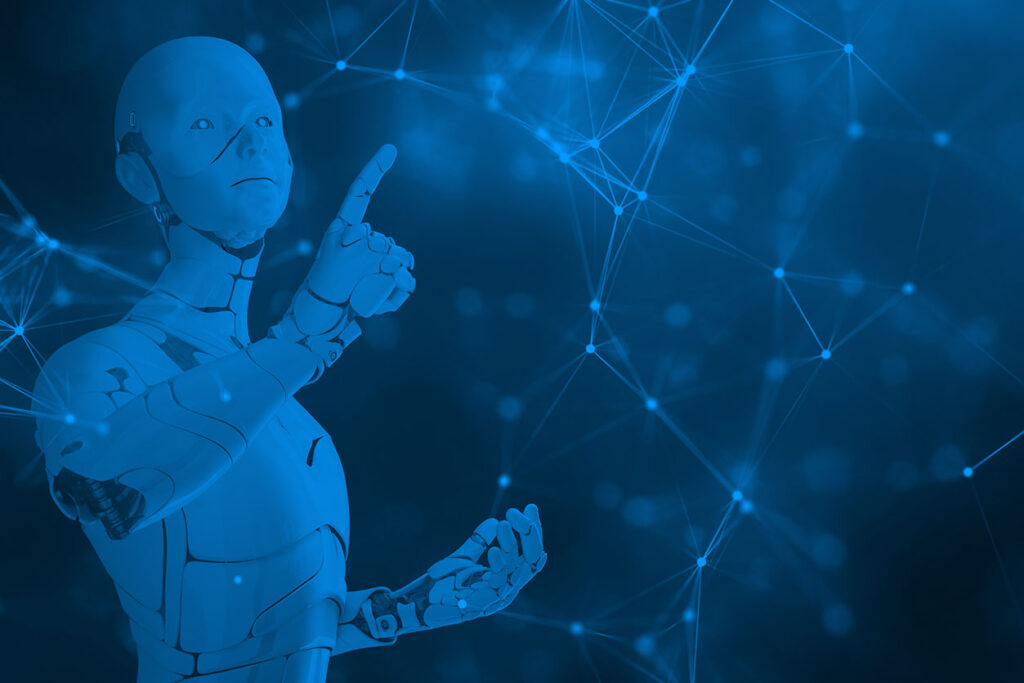A deep dive into the TRON ecosystem

TRON is a blockchain-based and peer-to-peer (P2P) technology-based decentralized entertainment and content-sharing platform. It’s a digital platform where you are able to create and share content with anyone, anywhere in the world. The TRONx is the basic unit of account on TRON’s blockchain. Its ticker symbol is TRX, and it is the currency that pays you for your content.
By cutting out middlemen like the Apple Store and Google Play Store, TRON’s open platform and distributed storage technology allow creators of digital content to streamline the process.
Through TRON’s ecosystem, not only can you share content with others, you can also be paid as a content creator. A model like this is in direct opposition to how traditional social media companies like Facebook monetize user data. In many cases, they do it without the user’s knowledge and reap the benefits for themselves. With TRON cryptocurrency, you are in control of your data and you are paid for the content you create.
How does TRON work?
TRON’s ecosystem is composed of three layers. In order for the network to be fully functional, each of these layers plays a crucial role. TRON’s storage layer is where data on the network can be stored securely. This layer also holds data related to the blockchain that underpins the TRON ecosystem.
The application layer is where developers typically operate. Through this layer, developers can make applications that are all powered by TRON.
There is a layer that processes different types of instructions at the core. Only two specific programming languages are supported by the core layer. This includes Java and Solidity. In the core layer, instructions are sent to the virtual machine, commonly referred to as the TRON machine. Once this virtual machine receives the code, the application can be executed.
What Is TRON (TRX)?
TRON’s network is represented by the TRX token. It is TRON’s primary cryptocurrency. Although the TRON network uses TRX as the primary currency, there are also a number of other tokens supported by the ecosystem. The two primary tokens are TRC10 and TRC20. With the support for these tokens, developers have more opportunities when building dApps on the TRON ecosystem.
TRX is required for all the technology in the TRON ecosystem. For every account registered on the network, the token serves as the basic unit. When other tokens are stored in a TRON wallet, the value of each token is determined by the value of TRX.
TRON and the Ethereum blockchain
Looking for an opportunity to enter the markets is one thing, but without a plan, things can take a turn for the worst.. An EA focused on range trading would be unable to progress in a breakout situation, nor would a momentum EA survive a short squeeze. Just as when doing it manually, market conditions are, first, identified and, second, acted upon. Entering a position is just the start, but without a strategy, exiting it could be a nightmare.
Trade smart and cut costs – less can be more
According to analysis, TRON’s network structure is similar to Ethereum’s, as both use similar building blocks such as dApps, smart contracts, and tokens. Rather than building the basics of its platform, it has been criticized for borrowing from others.
It has been observed that TRONix is becoming a competitor to Ethereum among cryptocurrency traders. In less than a month after support for USD Coin launched on TRON, its supply exceeded $108 million.
Coindesk reported in July 2021 that this “could be another sign that crypto traders are increasingly turning to blockchains,” which offer cheaper transaction fees and faster speed than Ethereum.
Major differences between Ethereum and TRON
Based on their timelines, both of these blockchains are token development platforms. that gained momentum after becoming digital currencies. Despite their similarities, they differ in some ways. Therefore, you need to understand them before creating a crypto token for your business.
The following are the key differences between Ethereum’s and TRON’s blockchains:
- Algorithm
- Transaction speed
- Programming language
- Community
- Decentralization
- Network security
- Market value
Similarities between Ethereum and TRON
First of all, these two platforms are open-source token development platforms and offer smart contract-based crypto tokens. However, the timeline of Ethereum and TRON may differ in the beginning. They started out as a token but later evolved into a cryptocurrency.
Second, the architecture of both of them is three-layered, unlike other tokens that have smart contracts. There is an equal amount of social media and GitHub activity on the TRON and Ethereum blockchain platforms. In addition, both platforms support peer-to-peer decentralized applications and various types of apps.
The potential of TRON
The company was founded in direct competition with the internet giants such as Amazon and Netflix. The company’s slogan is “Decentralize the Web”, and its mission is to eliminate the corporate middleman from the process of consuming media. In addition to the current cryptocurrency boom, its future success surely depends at least in part on the quality of the programming it provides.

